Q&A: HDRFS researchers travel to study Los Angeles wildfires
Vera Samburova quickly mobilized a team to collect samples following the devastating fires in order to study the chemical and physical properties of post-fire dust, ash, and soil.
By Amanda Heidt
April 2025
In early January 2025, more than a dozen fires threatened the Los Angeles metropolitan area, among the most densely-populated cities in the United States. The largest two, the Eaton Fire and the Palisades Fire, have so far been linked to at least 30 deaths and the destruction of roughly 16,000 structures, making them some of the most deadly and costly blazes in the state’s history.
With the lengthy process of recovery now underway, lingering questions remain about the health and safety of the area’s roughly 12.6 million residents. Beyond the destruction of properties, fires also create new healthcare challenges. Secondary impacts from wildfire smoke have been linked to an increased risk of respiratory and cardiovascular death and the exacerbation of pre-existing conditions such as asthma and COPD, but how post-fire dust, ash, and soil might negatively affect human health remains largely understudied.
Vera Samburova, an organic analytical chemist at the Desert Research Institute, Reno, and a member of the fire emissions and their atmospheric aging (FEAA) component of the Harnessing the Data Revolution for Fire Science (HDRFS) project, traveled as part of a team to Los Angeles in late February to collect dust, ash, and soil. The hope, she says, is that the samples—taken from four sites in the Palisades and Altadena areas and in Eaton Canyon—will help scientists better understand how urban fires differ from those that burn in wilderness and assist emergency management specialists now predicting if and where landslides are most likely to occur heading into spring.
Below, Samburova speaks more about the experience of traveling to California and the extension of HDRFS work into new places.
What motivated you to do this work?
First off, let me just say that this was an awful event in which many people died. It’s one thing when you go to a wildfire and see burned trees, but when you see miles of burned homes, it’s a different emotional experience. You feel like you’re invading other people’s lives, and that’s why we are so grateful to everyone who offered to let us come in to take the samples.
We hoped that by going there, we could learn something that might be helpful to them. People really wanted to know how bad it was—what went into the air, what went into the environment—and wanted to help us answer those questions.
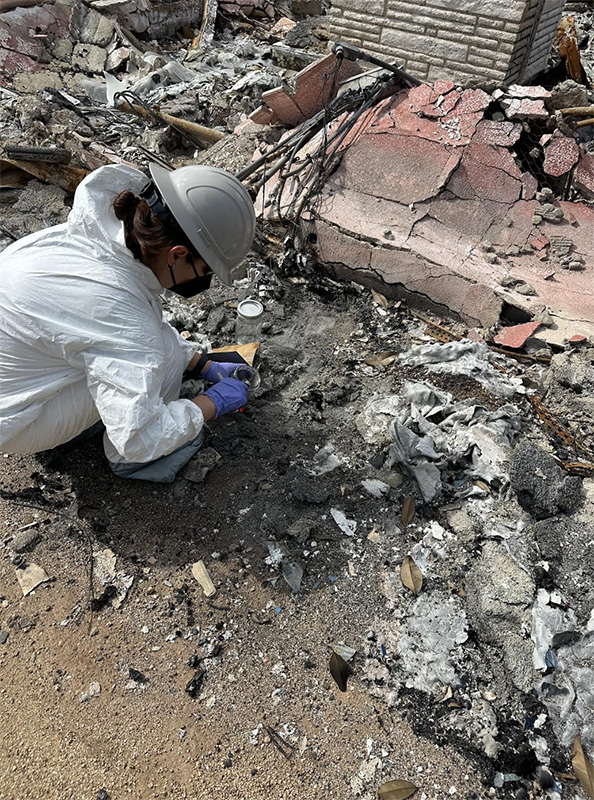
Vera Samburova collecting ash samples from burnt homes in Los Angeles following the devastating Palisades and Eaton Fires. (Credit: Vera Samburova)
What challenges did you have to navigate to collect these samples?
It was extremely challenging to organize the trip so quickly, to get funding for the work, and to get access to some of these sites that are on private property. I ended up bringing students with me, so as a PI, I was worried about everyone’s safety. It was a really dangerous and unstable environment.
We wanted to make sure that we weren’t just repeating what others were doing. Some California researchers were working on the smoke, so we started thinking about the dust, ash, and soil, because that’s very much the research we do within HDRFS. These particles do go into the air and they can affect communities and the environment not just for the short time period of the fire, but for the next few years.
The LA fires are considered Wildland-Urban Interface (WUI) fires. Can you walk me through what that means and how it affects the work you’re doing there?
These are fires that occur at the boundary between wilderness and the places where people live. And as we grow our cities, there are more and more of these WUI fires, alongside the fact that fires in North America are becoming larger and more intense. As an environmental scientist, I don’t see a future where these fires will slow down or stop.
The big thing that relates to the work we did in Los Angeles is that a lot of what was burning were things that are not supposed to burn—things like plastic, batteries, computers that contain lead and other toxic metals. We don’t have much understanding about how toxic these emissions are in comparison with wildfires, but fortunately, we are heavily involved in the wildfire emissions analysis within the HDRFS project, which has allowed us to go after huge wildfires. In Los Angeles, we took our sampling protocols and we went to the field fully prepared. We’ll be able to compare the wildfire emissions and emissions from the WUI fires as well, which is a really valuable dataset branching out of HDRFS’s work.
OK, so you’ve collected the samples. What happens now?
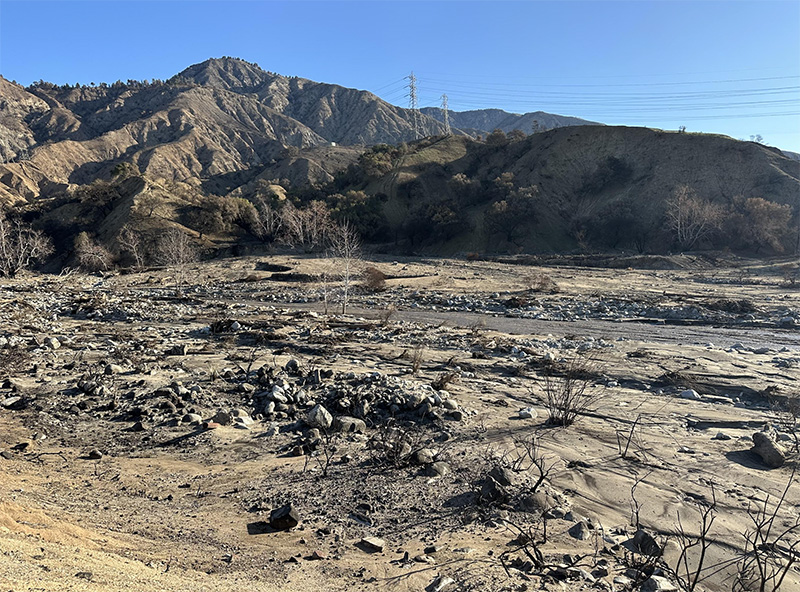
The research team also collected ash, soil, and dust samples from Eaton Canyon. (Credit: Vera Samburova)
We’re going to need more funding to do the full analysis, but right now we’re running some test experiments to study the organic and inorganic chemical composition and connect it to any toxic properties. We are also planning to do soil water repellency tests to see how water repellency changes, because we did collect samples at the Eaton Canyon Fire, and we expect some mudslides and debris slides over there.
In the unseeable future, we really want to submit several proposals and go back to the field to collect more samples over time. We currently have some colleagues putting together a seed grant proposal, so hopefully we’ll have more to share at next year’s meeting!
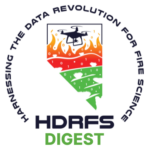 Special Issue of HDRFS Digest, a quarterly publication of the Harnessing the Data Revolution for Fire Science Project, which is a five-year research project funded by the National Science Foundation’s Established Program to Stimulate Competitive Research “EPSCoR” (under Grant No. OIA- 2148788) focusing on enabling healthy coexistence with wildland fire and the mitigation of wildfire danger to human life, infrastructure, and the landscape in Nevada and the intermountain western U.S.
Special Issue of HDRFS Digest, a quarterly publication of the Harnessing the Data Revolution for Fire Science Project, which is a five-year research project funded by the National Science Foundation’s Established Program to Stimulate Competitive Research “EPSCoR” (under Grant No. OIA- 2148788) focusing on enabling healthy coexistence with wildland fire and the mitigation of wildfire danger to human life, infrastructure, and the landscape in Nevada and the intermountain western U.S.
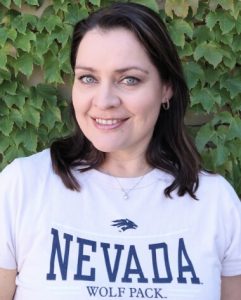
 Acknowledgement: This material is based upon work supported by the National Science Foundation under Grant No. OIA- 2148788.
Acknowledgement: This material is based upon work supported by the National Science Foundation under Grant No. OIA- 2148788.